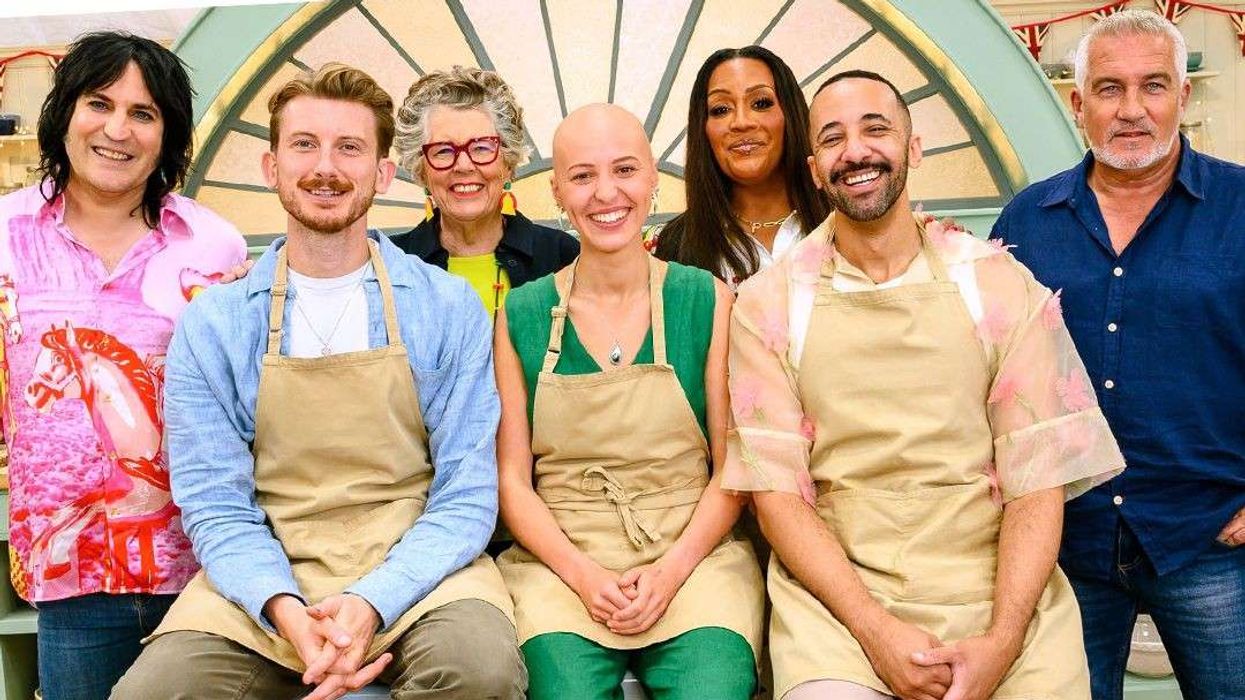India’s central bank, Reserve Bank of India (RBI) said on Wednesday (29) that, as many as 99.3 per cent of demonetised currency notes in the denomination of Rs 500 and Rs 1000 have been returned to the banking system after the Indian government banned the currency notes on November 08, 2016 in an attempt to curb black money, counterfeit notes, and corruption in the country.
Out of Rs 15,417.93 billion worth Rs 500 and Rs 1000 notes in circulation before November 8, 2016, notes worth Rs 15,310.73 bn have been returned, RBI said in its annual report released for the year 2017-18 on Wednesday (29).
The "humungous task of processing and verification of specified bank notes (SBNs or the demonetised old Rs 500 and Rs 1,000 currency notes) was successfully achieved," RBI added. The SBNs collected were verified, counted, and processed in the sophisticated high-speed currency verification and processing system (CVPS) for accuracy and genuineness and then sliced, RBI noted.
RBI’s annual report has highlighted that just a minute portion of the demonetised currency notes worth Rs 10,720 crore was left out of the system.
RBI took a long time to count the junked notes after the limited window period provided by the government to exchange or deposit the banned currency. The central bank has added that finally, its excise is over after an enormous task of counting the currency notes returned to the system.
Soon after the demonetisation, old junked notes or SBNs , were permitted to be deposited in banks with unusual deposits coming under scrutiny by income tax department.
The Indian government replaced old Rs 500 currency notes with new ones and introduced new currency notes in the denomination of Rs 2,000 notes without replacing the demonetised currency notes in the denomination of Rs 1000.
In the post-demonetisation period, RBI spent £0.88 bn in 2016-17 on printing new Rs 500 and Rs 2,000 and other denomination notes, more than double the £0.38 bn spent in 2015-16. From July 2017 to June 2018 period, India’s central bank spent another £0.54 bn on the printing of currency notes.












